Cells, Free Full-Text
5 (412) In stock
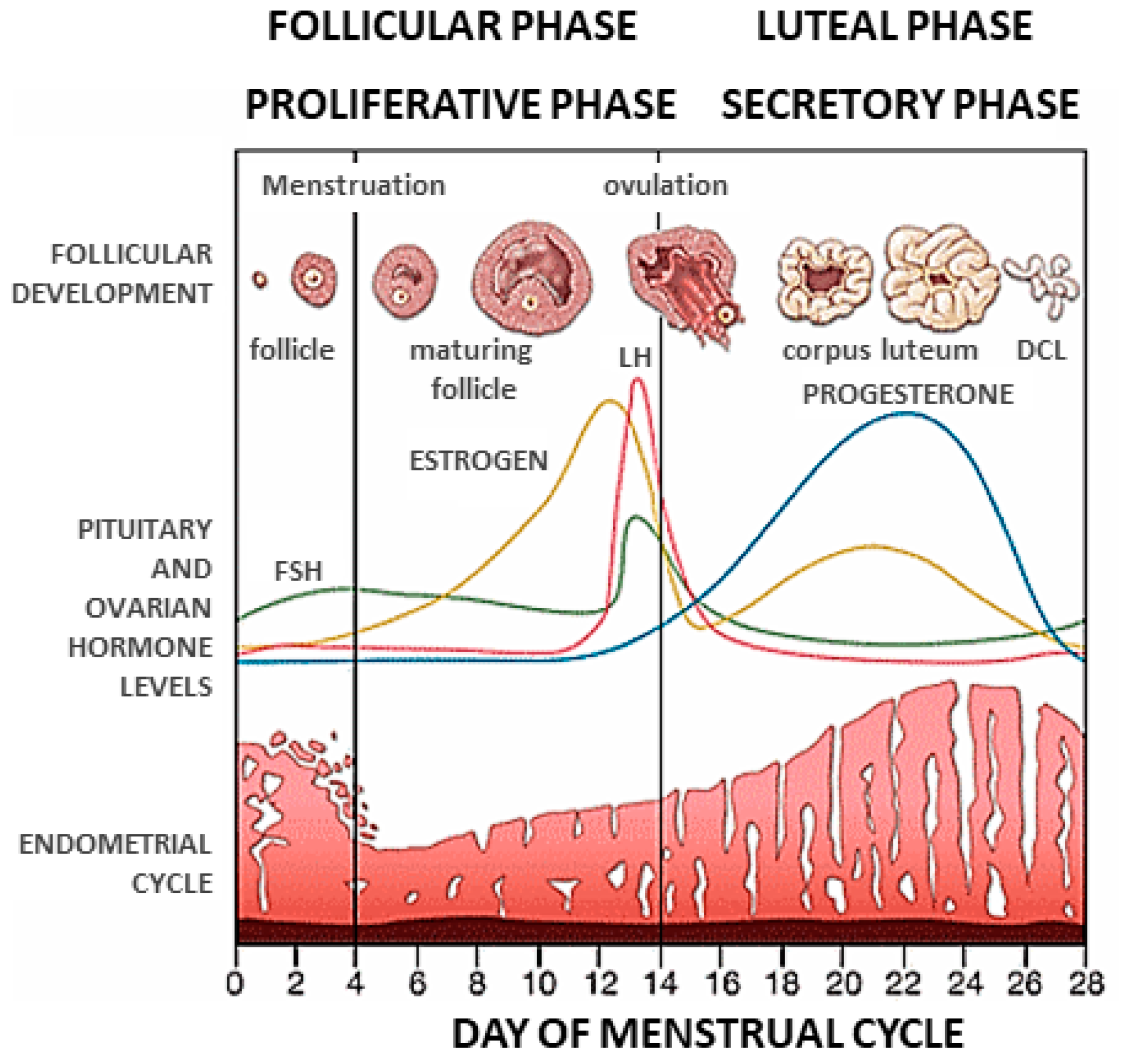
Ovarian stimulation is an indispensable part of IVF and is employed to produce multiple ovarian follicles. In women who undergo ovarian stimulation with gonadotropins, supraphysiological levels of estradiol, as well as a premature rise in progesterone levels, can be seen on the day of hCG administration. These alterations in hormone levels are associated with reduced embryo implantation and pregnancy rates in IVF cycles with a fresh embryo transfer. This article aims to improve the reader’s understanding of the effects of elevated progesterone levels on human endometrial receptivity and oocyte/embryo quality. Based on current clinical data, it appears that the premature rise in progesterone levels exerts minimal or no effects on oocyte/embryo quality, while advancing the histological development of the secretory endometrium and displacing the window of implantation. These clinical findings strongly suggest that reduced implantation and pregnancy rates are the result of a negatively affected endometrium rather than poor oocyte/embryo quality. Understanding the potential negative impact of elevated progesterone levels on the endometrium is crucial to improving implantation rates following a fresh embryo transfer. Clinical studies conducted over the past three decades, many of which have been reviewed here, have greatly advanced our knowledge in this important area.

Cells, Free Full-Text
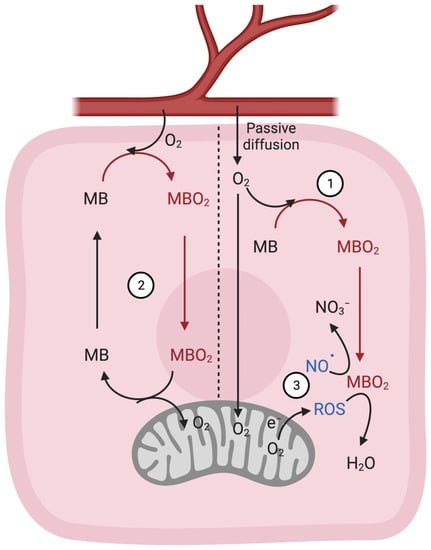
Cells, Free Full-Text, freecell online 100
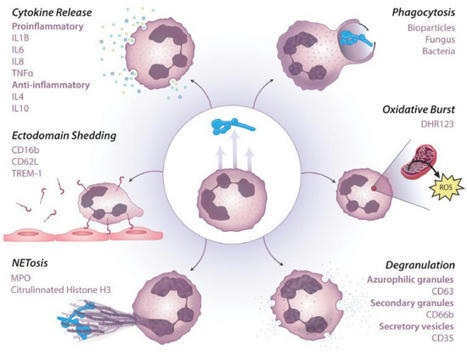
from Flow Cytometry to Cytomics, Page 2
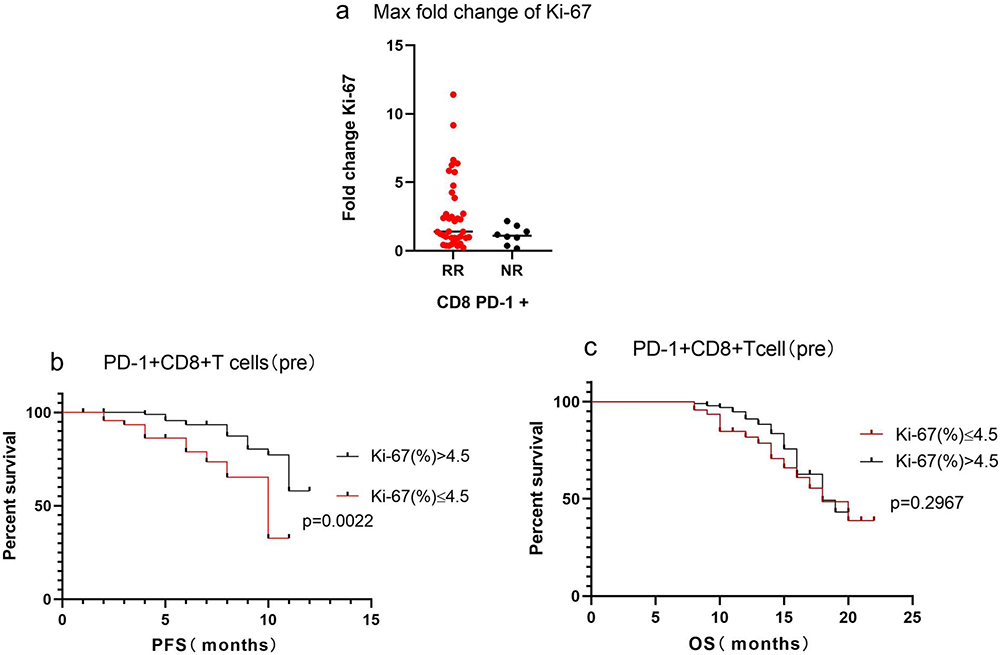
Cells, Free Full-Text, resultado lavoisier pcr
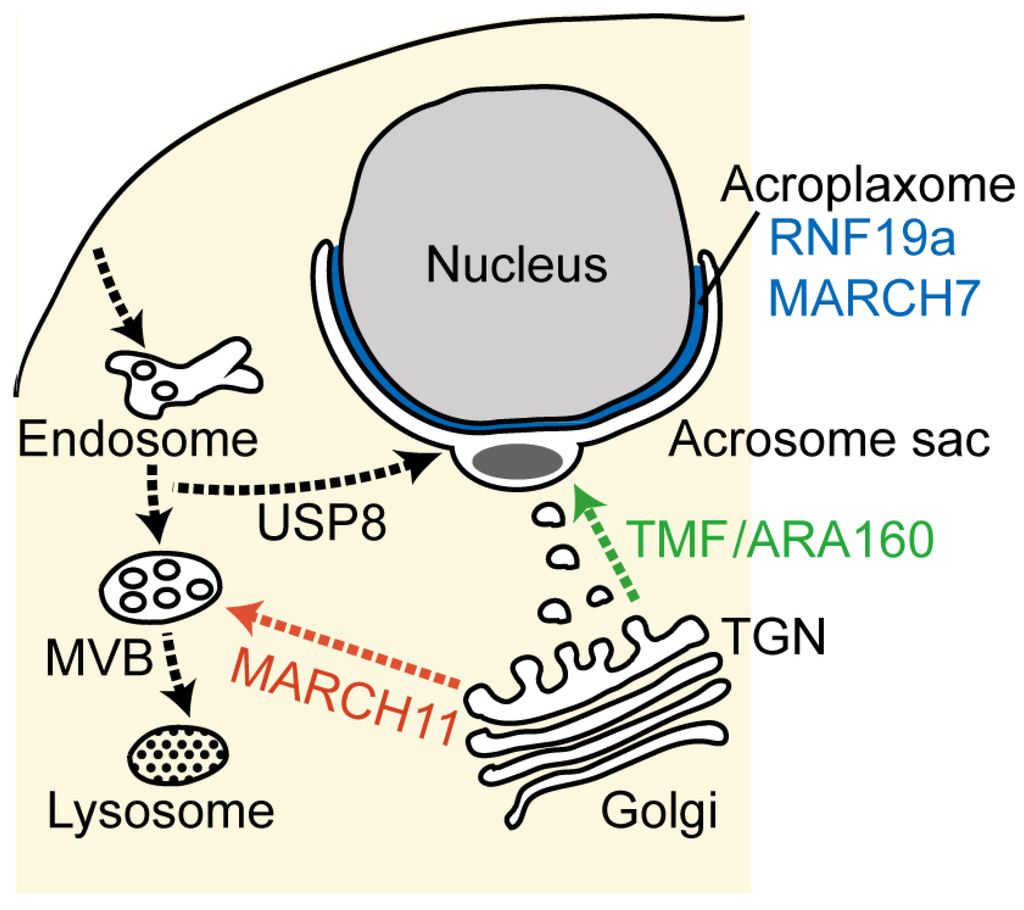
Cells December 2013 - Browse Articles
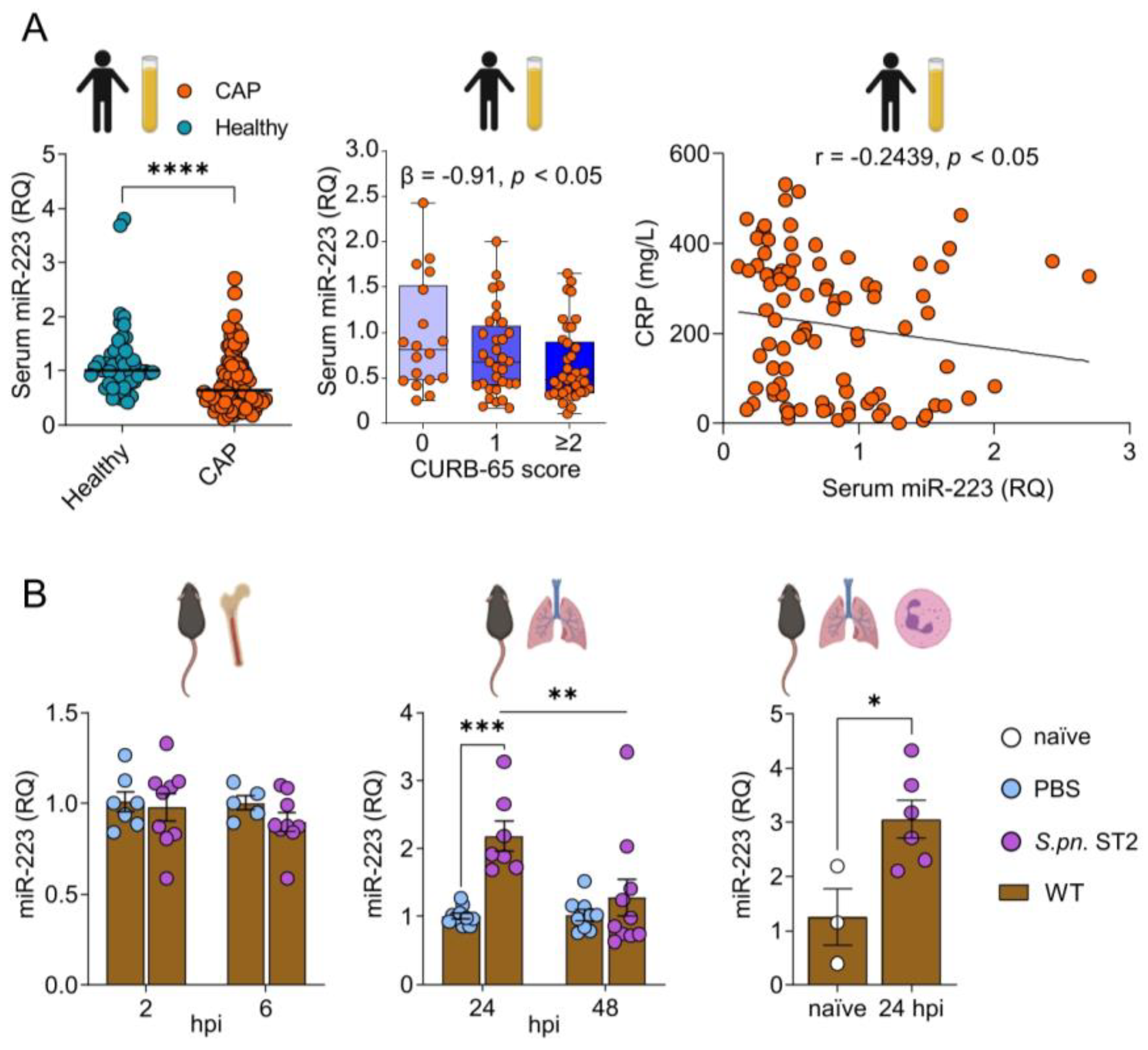
Cells, Free Full-Text, robbyson aec entrar

Cells, Free Full-Text

Cells, Free Full-Text, freecell online 100
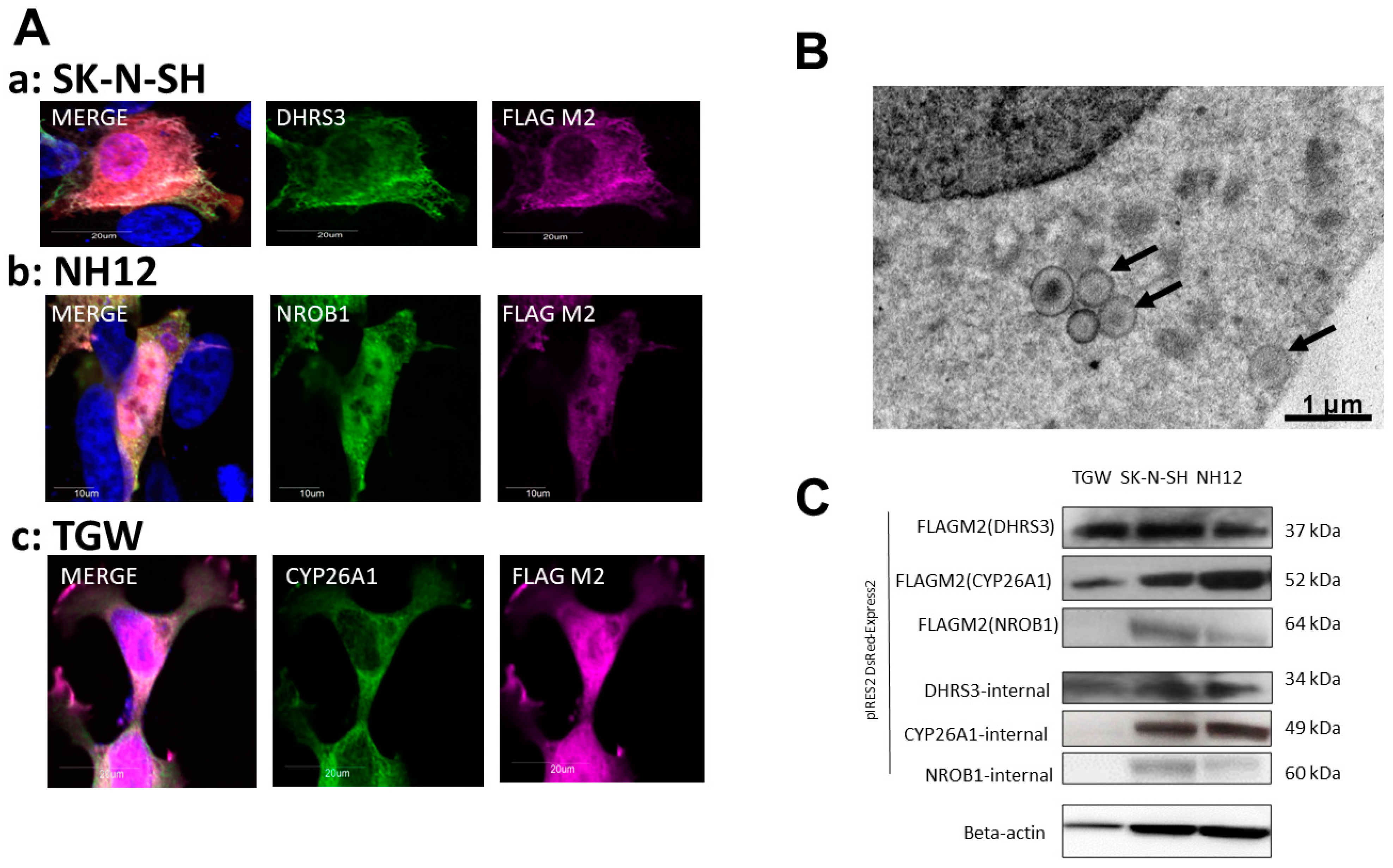
Cells, Free Full-Text

Cells, Free Full-Text, robbyson aec entrar
Late Period or Early Miscarriage - How to Know
moving with my cycle: luteal phase - the 10-14 days after
Effects of Follicular and Luteal Phase-Based Menstrual Cycle
 A natural guide to second trimester pregnancy essentials. Top picks for maternity clothes, bath and body, work, and wellness to make your second trimester as easy as possible.
A natural guide to second trimester pregnancy essentials. Top picks for maternity clothes, bath and body, work, and wellness to make your second trimester as easy as possible. Patagonia Logo and symbol, meaning, history, PNG, brand
Patagonia Logo and symbol, meaning, history, PNG, brand- Pull-On Mid-Rise Wide-Leg Pant 28 *Asia Fit
 Sooslick Sleeveless Ribbed Square Neck Jumpsuits for Women Tummy
Sooslick Sleeveless Ribbed Square Neck Jumpsuits for Women Tummy NWT Lucky Brand 90210 Long Sleeve T-Shirt Top Womens Uganda
NWT Lucky Brand 90210 Long Sleeve T-Shirt Top Womens Uganda Sexy Push Up Bra Plus Size A B C D Cup Women Bra Brassiere Adjustment Plunge Lingerie Bras For Women Underwire Underwear BH Top
Sexy Push Up Bra Plus Size A B C D Cup Women Bra Brassiere Adjustment Plunge Lingerie Bras For Women Underwire Underwear BH Top
